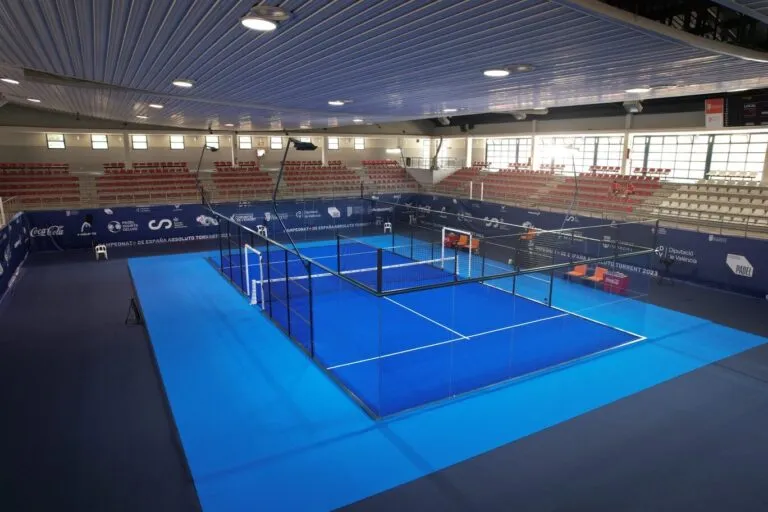

The Rise of Padel Tennis and Court Pricing
Padel tennis, a racquet sport that combines elements of tennis and squash, has witnessed a meteoric rise in popularity around the globe. Originating in Mexico in the 1960s, the sport has since gained a substantial following in Europe, particularly in Spain and Italy, before making inroads into other markets, including the United States and Asia. As the demand for padel tennis continues to soar, the need for proper facilities has emerged as a key factor in its growth, leading to an increasing interest in padel tennis court manufacturing and pricing.
Understanding Padel Tennis Courts
A standard padel court is enclosed and smaller than a traditional tennis court, measuring 20 meters long and 10 meters wide. The walls, typically made of glass and concrete, are integral to the game, allowing the ball to be played off them, similar to squash. The playing surface is usually artificial turf, providing the necessary grip and comfort for players. Given these specifications, the design and construction of a padel court require specialized materials and craftsmanship, which can significantly influence the overall cost.
Factors Influencing Padel Court Prices
1. Materials Used The quality of materials can greatly affect the price of a padel court. High-grade artificial turf, durable glass panels, and solid frameworks are crucial for longevity and player experience. Cheaper materials may reduce upfront costs but lead to higher maintenance and replacement costs over time.
2. Location The location of the court plays a pivotal role in its pricing. Urban areas with higher land prices and logistics costs can raise the final price of the construction. Conversely, rural locations may benefit from lower land and material costs but might not attract as many players.
3. Design Specifications Courts can be customized to meet specific requirements. For instance, some may opt for additional features such as lighting for night play, seating for spectators, and even integrated landscaping to enhance the aesthetic appeal. Each additional feature contributes to the overall expenditure.

4. Manufacturer Expertise Choosing a reputable manufacturer is crucial. Companies with extensive experience in padel court construction may charge a premium for their services, but their expertise can result in higher quality and longevity of the court, offering better value in the long run.
5. Installation Costs The installation process can also add to the overall price. Skilled labor is essential for ensuring that the court meets all safety and performance standards. Poor installation can lead to uneven surfaces or structural issues, ultimately impacting gameplay.
6. Market Demand As the sport's popularity grows, so does the demand for courts. This increased demand can drive up prices, making it essential for buyers to research and compare different manufacturers to find the best value.
Average Pricing
The average cost to build a padel tennis court can range significantly, typically falling between $20,000 to $60,000, depending on the factors discussed. Basic models can be on the lower end of this spectrum, while fully customized courts with premium materials and features can edge towards the higher end.
Conclusion
As padel tennis continues to grow in popularity, the demand for quality courts will likely rise in tandem. Understanding the factors that influence padel tennis court pricing is essential for prospective buyers—whether they are private individuals looking to install a court for personal use or investors aiming to build facilities for public use. By considering aspects such as materials, location, design specifications, and manufacturer reputation, buyers can make informed decisions that align with their budget and vision for high-quality padel tennis facilities. With the right approach, investing in a padel court can pave the way for countless hours of enjoyment, athletic development, and community engagement.
High-Performance Industrial Flooring Solutions China Paddle Tennis Court for Sale
High-Performance Industrial Flooring Solutions Durable & Cost-Effective
Homogeneous Transparent Floor – Durable & Stylish Rubber Floor Solutions
Premium Homogeneous Transparent Floor for Durable & Stylish Spaces Rubber Floor Solutions
Premium Sports Floor Solutions Durable PVC Sports Floor & Rubber Floor for Gyms
Durable Rubber Composite Floor Premium Rubber Floor & Mats Solutions